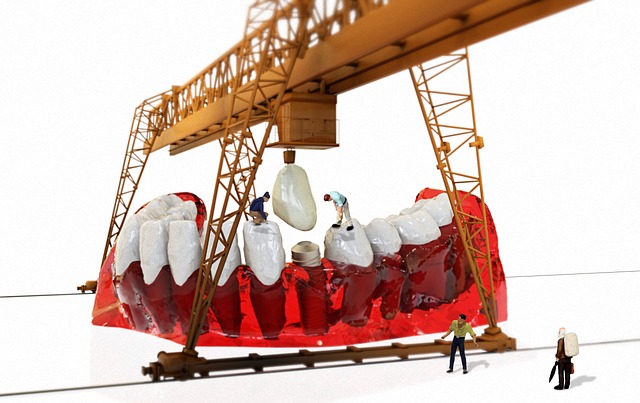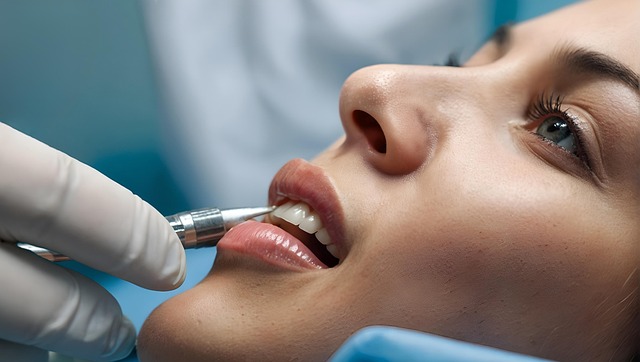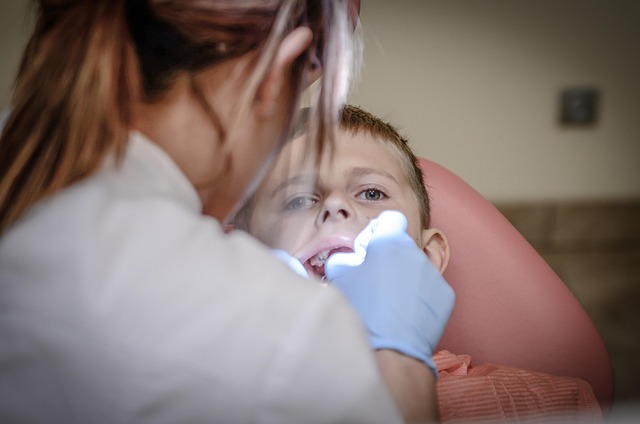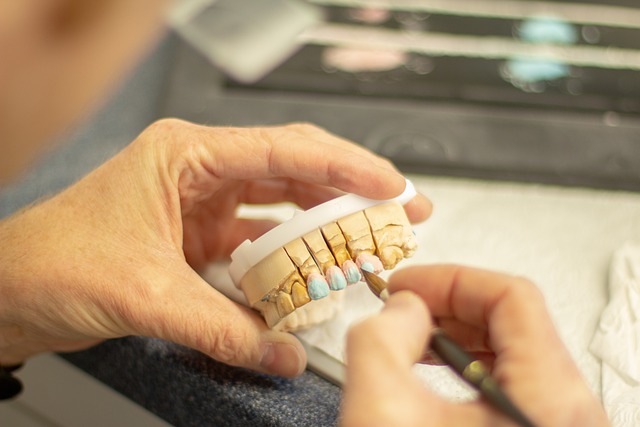TMJ disorders caused by factors like tooth grinding or stress result in facial pain, jaw stiffness, headaches, and chewing difficulties. Diagnosis using imaging tools guides treatment plans ranging from conservative measures (stress management, physical therapy) to surgeries, with dental veneers in Brighton and Hove offering a long-lasting aesthetic solution for severe cases at competitive costs. Many patients prefer non-invasive approaches first, followed by veneers if needed, due to their effectiveness in improving oral health and smile appearance.
Managing temporomandibular joint (TMJ) disorders can significantly impact your quality of life. This guide offers insights into TMJ causes, symptoms, and a range of treatment options, from non-invasive approaches to surgical interventions. We explore the role of dental veneers as a potential solution, highlighting their cost and benefits in Brighton and Hove. Understanding TMJ disorders is the first step towards finding effective relief for your jaw pain and enhancing your oral health.
- Understanding TMJ Disorders: Causes and Symptoms
- Diagnosis and Imaging for Accurate Assessment
- Treatment Options: From Conservative to Surgical
- Non-Invasive Approaches and Lifestyle Changes
- Dental Veneers as a Potential Solution: Cost and Benefits in Brighton and Hove
Understanding TMJ Disorders: Causes and Symptoms

TMJ disorders, affecting the temporomandibular joint (the connection between your jawbone and skull), can cause a range of uncomfortable symptoms. Understanding the causes is key to managing these conditions effectively. Many factors contribute to TMJ issues, including tooth grinding or clenching, often triggered by stress, sleep apnea, or misaligned teeth—a problem that could prompt you to consider dental veneer cost in Brighton and Hove. In some cases, pre-existing joint damage from trauma or arthritis can also lead to TMJ disorders.
Symptoms vary but commonly include facial pain, jaw stiffness, headaches, earaches, and difficulty chewing. You might also experience popping or clicking sounds in the joint when opening or closing your mouth, a sign that could indicate joint instability or damage. Proper diagnosis is essential; seeking professional help can guide personalized treatment plans to alleviate symptoms and improve overall oral health.
Diagnosis and Imaging for Accurate Assessment

Diagnosis and imaging play a pivotal role in accurately assessing Temporomandibular Joint (TMJ) disorders, ensuring proper treatment planning. Dental professionals in Brighton and Hove employ various techniques to pinpoint the root cause of TMJ symptoms. This often begins with a comprehensive patient history, where dentists gather details about pain levels, clicking or popping sounds, jaw stiffness, and any previous injuries or treatments.
Advanced imaging tools, such as X-rays, CT scans, and MRIs, are then utilised to visualise the complex structures around the TMJ joint. These imaging techniques enable dentists to identify abnormalities in the mandible, maxilla, temporalis muscles, and articular disc, providing a clear understanding of the patient’s condition and guiding the selection of appropriate treatments, including dental veneer procedures for aesthetic restoration if needed.
Treatment Options: From Conservative to Surgical

When it comes to treating Temporomandibular Joint (TMJ) disorders, a range of options are available depending on the severity of the condition and the patient’s preferences. Conservative treatments often form the initial approach, focusing on relieving pain and improving jaw function without invasive procedures. This may include recommendations for lifestyle changes such as stress management, physical therapy exercises to strengthen jaw muscles, and the use of mouth guards or splints to reduce clenching or grinding habits. These measures can be highly effective in managing symptoms and preventing further damage.
For more severe cases where conservative treatments haven’t provided adequate relief, surgical options may be considered. While procedures vary, common interventions include arthroscopic surgery to repair or clean the joint, and in some instances, a dental veneer cost Brighton and Hove might be recommended as part of a broader treatment plan. More extensive surgeries involve replacing parts of the jaw or temporomandibular joint with artificial components. It’s important for patients to consult with their healthcare professionals to determine the most suitable treatment path based on their unique condition and needs.
Non-Invasive Approaches and Lifestyle Changes

Many individuals with temporomandibular joint disorders (TMJ) opt for non-invasive approaches to manage their symptoms before considering more aggressive treatments, especially when comparing dental veneer cost Brighton and Hove. Simple lifestyle changes can significantly impact TMJ health. For instance, practicing proper jaw posture and avoiding excessive chewing or clenching can help reduce strain on the joint. Physical therapy, including targeted exercises and heat/cold therapy, is another non-invasive option. These techniques aim to improve muscle flexibility and joint mobility while alleviating pain.
Dietary adjustments are also crucial, encouraging the consumption of softer foods that require less chewing force. Additionally, stress management techniques like meditation or yoga can help alleviate tension in the jaw muscles. As with any health condition, listening to your body is essential, and what works for one person might differ from another’s experience with TMJ management.
Dental Veneers as a Potential Solution: Cost and Benefits in Brighton and Hove

For those suffering from temporomandibular joint disorders (TMJ), dental veneers can offer a promising solution in Brighton and Hove, providing both aesthetic and functional benefits. While the cost of dental veneers is an initial consideration, it’s worth exploring as it may alleviate the discomfort and self-consciousness associated with TMJ. The procedure involves applying thin layers of ceramic or composite material to the front surface of teeth, effectively masking misalignments, cracks, or discoloration caused by TMJ symptoms like clenching or grinding.
In Brighton and Hove, dental veneer costs can vary depending on several factors, including the number of veneers required, the type of material chosen, and the dental practice’s rates. However, many patients find that the investment is worthwhile due to the significant improvements in smile aesthetics and the potential reduction in TMJ-related pain and headaches. Veneers can also last for many years with proper care, making them a cost-effective long-term solution for managing TMJ symptoms while enhancing overall oral health and confidence.
TMJ disorders can significantly impact daily life, but managing them is feasible. By understanding the causes and symptoms, individuals can seek accurate diagnoses through advanced imaging techniques. A range of treatment options are available, from conservative therapies to surgical interventions. Non-invasive approaches and lifestyle modifications offer valuable alternatives. Furthermore, dental veneers may provide a cosmetic solution for those considering the procedure’s cost in Brighton and Hove, addressing both functional and aesthetic concerns.
